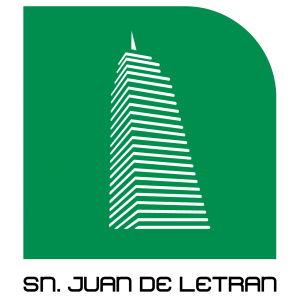
Metro San Juan de Letrán is among those stations which really should be visited by more international visitors. It simply feels like other big world-city Metros, a bit like Metro Allende on Line 2. Even the station logo, a depiction of the Torre Latinoamericana, just up the street, seems of some denser urban area.
Some of the longest-lived Mexico City residents still recall these older names for Eje Central – including the Avenida Santa Maria la Redonda, north of this section. To the south was the Avenida Niño Perdido.
With just two platforms, there are four staircases on either side of the station. The northbound exits lead to the Centro Histórico, and the famous El Moro chocolate shop.
Southbound exits lead to a modern looking mini-mall, and the Moyotlan (west) side of Centro Histórico. In short, both sides put disembarking passengers in the center of a lot of City action. Importantly, to continue north or south on Eje Central, passengers should transfer here to the Trolebús lines (Line A) which run on both sides of the avenue.
For sites of interest in the area (there are many), click the links included in this article. Metro San Juan de Letrán can feel like you’re finally emerging into the densest part of Mexico City. In fact, you probably are. It’s definitely among the oldest parts of the city, and worth a long look around.
 unidad_de_orientacion@metro.cdmx.gob.mx
unidad_de_orientacion@metro.cdmx.gob.mx
 5627.4950 / 5627.4741
5627.4950 / 5627.4741
 https://www.metro.cdmx.gob.mx/
https://www.metro.cdmx.gob.mx/
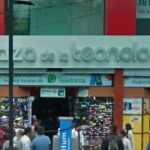
Nearest at 0.06 kms.
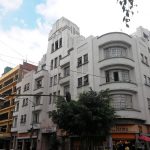
Nearest at 0.14 kms.
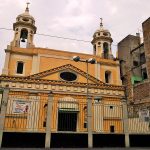
Nearest at 0.23 kms.

One of the most important sites in the city, even today, don't miss the chance to visit the Templo Mayor.
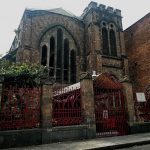
One of Mexico City's best loved old ruins of a church, this one's still got a story.
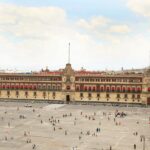
One of Mexico City's proudest, most enormous parts of history, the Palacio dominates the entire east of the Zocalo.

The first Cathedral to have been built in the Americas.
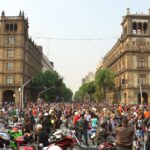
Among the earliest on the buildings on the Zócalo, it's still the seat of City government.